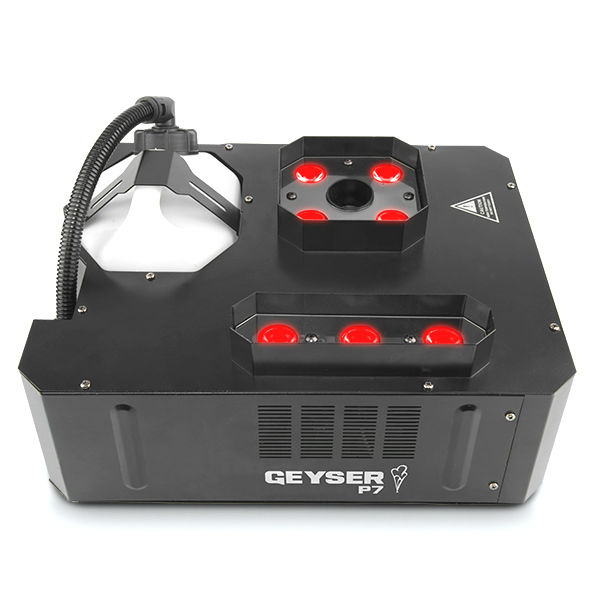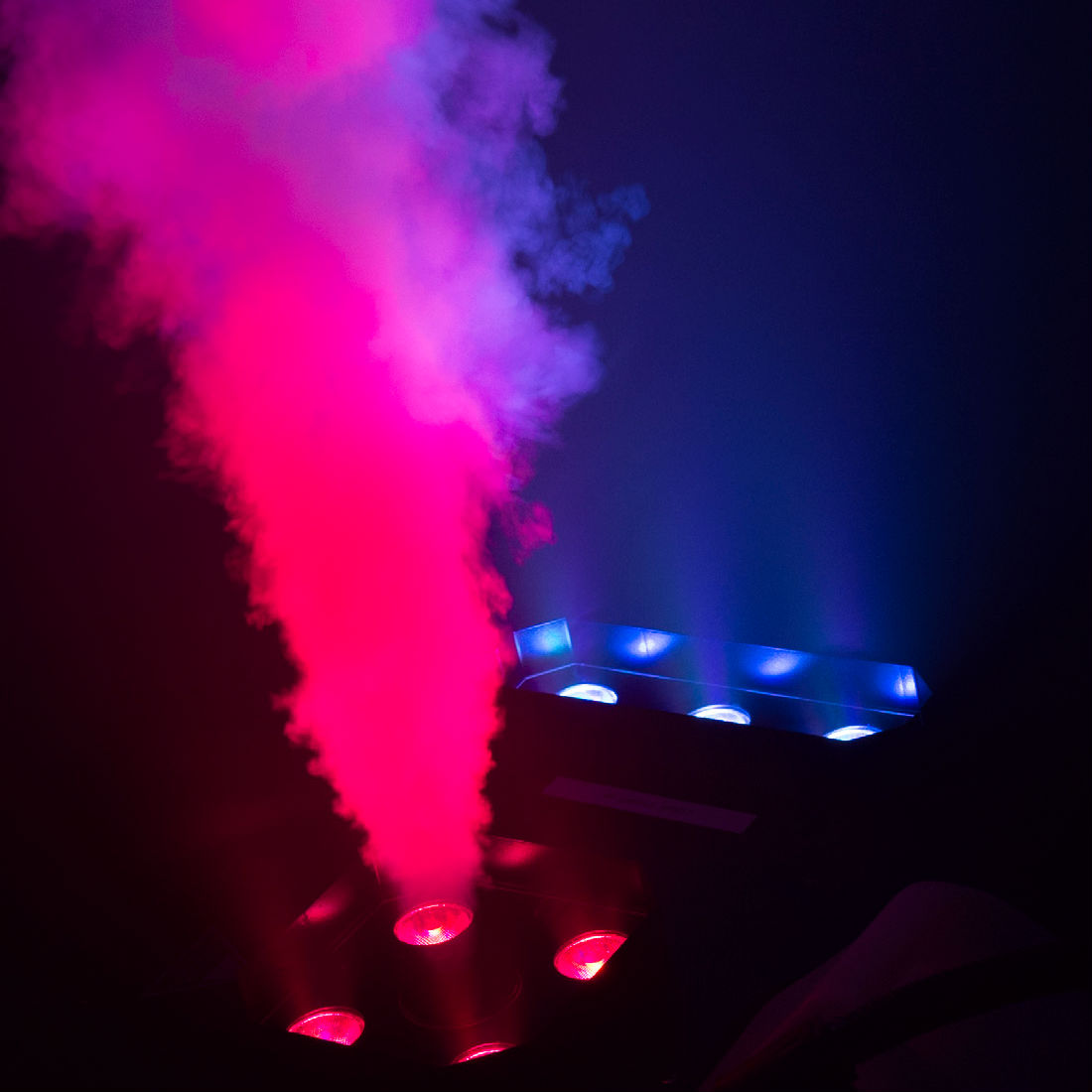Using The Electronic Flash Gun
This week, I'd like to take a look at the basics of loading and firing the Electronic Flash Gun. Please note that these tips also apply to all devices that are based on the Electronic Flash Gun (e.g. the Double-Shooting Flash Gun, Flash Wands, etc.) so owners of those devices may want to read along, as well.
The Supplies You Need:
An Electronic Flash Gun (or similar device) Flash Paper Flash Cotton Spare glo-plugs (optional, but a good idea!) One (or two) "AA" Battery A pencil with a rubber eraser
Your first step is loading the Electronic Flash Gun. Before loading the gun, insert a fresh battery in the battery case and hold down the red ignition switch. Now, looking down the barrel of the gun, you should be able to see the glo-plug glowing a bright, cherry red. If you do not see this, check that you have inserted the battery correctly, and that the glo-plug is not damaged.
Once you've determined that you have a working glo-plug, remove the glo-plug clip from the back of the plug. This is to prevent an accidental firing of the gun during loading. Having a flash gun go off while it's pointed directly at your chest or (worse yet) your face is an unpleasant experience, to say the least. While the clip is off, be sure to keep track of the small white washer that sits between the clip and the glo-plug. If this washer is not in place, the plug will not glow.
Now that the gun is safe, you're ready to start working with your Flash Cotton and Paper. A quick note about these two products when you receive them from us they will be damp. We ship Flash Paper and Cotton wet for increased safety, but you should never try to use damp product in your flash gun. The first thing you should do upon receiving your products from us is to open the paper envelope and plastic bag they were shipped in and allow them to dry for at least 24 hours. You should do this even if you do not intend to use the product immediately, as Flash Paper that's stored wet will "go bad" quicker than Flash Paper that's stored dry.
Using damp cotton or paper in your flash gun will result in one or more of the following scenarios. The gun refuses to fire at all. The gun fires but the paper only travels a few feet (or inches) before flopping onto the floor; sometimes the paper will still be burning as it hits the floor. The gun fires, once, and then refuse to work again; investigation of the glo-plug reveals that it's coated with a sticky burnt residue.
So, get a small pinch of dry Flash Cotton - it should be no larger than the size of a frozen pea - and fluff it up. Place it inside the barrel and use the eraser end of a pencil to push it gently to the bottom of the barrel. Remember that the wire on your glo-plug is fairly delicate and can easily be damaged. Easy does it!
Now, tear off a quarter-sheet of a standard sheet of flash paper, you should get a piece of paper about 4" x 5" in size. Make a loose fist and lay this piece of paper over it so that the thumb and forefinger are covered. Using the index finger of your other hand, push the paper into your fist. Twist the loose ends of the paper together. You should end up with what looks like a small paper torpedo or a poorly rolled cigarette. Load the torpedo into the barrel, twisted end first, and push it to the bottom of the barrel using the pencil. Again, do this gently; you do not need the paper to be tightly wadded into the bottom 1/8th inch of the barrel. As long as none of the paper is poking out of the barrel, you've probably got it in far enough.
Once the paper is loaded, replace the washer and glo-plug clip, and you're ready to fire. At this point, you must be very aware of how you handle the gun. Depending upon the size of your hands and the type of performance, it can sometimes be very easy to accidentally trigger the gun. You should never aim the gun directly at people, pets or other flammable objects.
On stage, my favorite use for this effect is at the opening or closing of an act. Since this is a live flame effect, it looks most impressive when it's not competing with high-wattage theatre lights. Therefore, I'll often try to arrange the effect so that it happens just before the lights are going to come up on a scene, or just after they've faded.
*********************************************
Theatre Effects Customer Service Department
service@theatrefx.com
www.theatrefx.com
Theatre Effects, 1810 Airport Exchange Blvd. #400, Erlanger, KY 41018
Phone: 1-800-791-7646 or 513-772-7646 Fax: 513-772-3579









